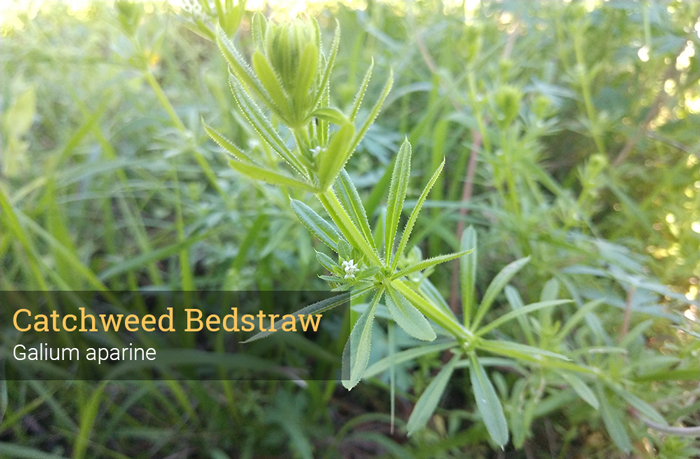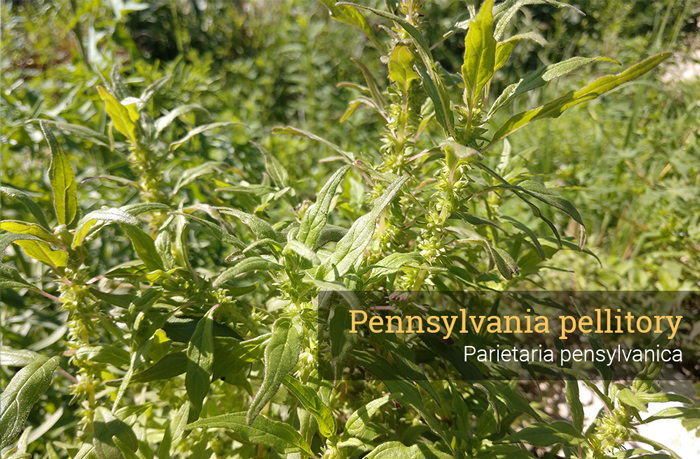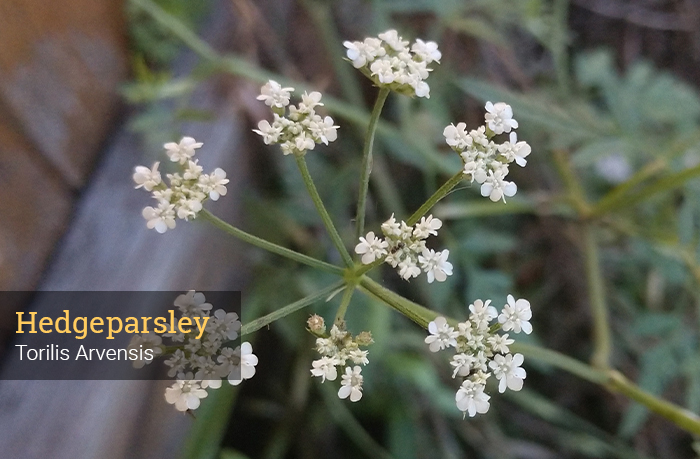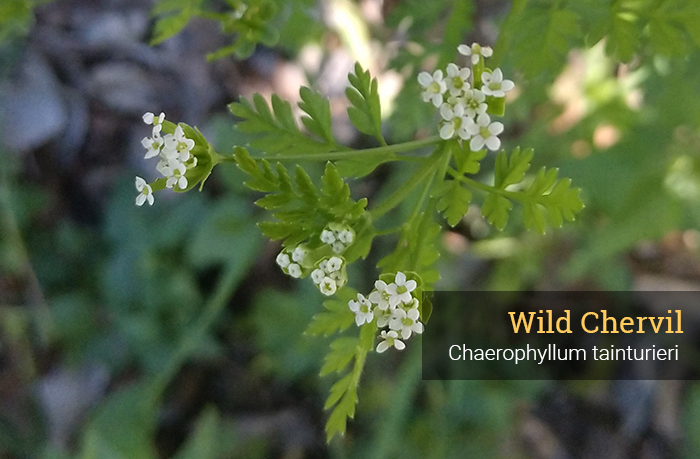There are plenty of curious nooks in our own neighborhoods where wild plants find a place to call home. Take a brisk socially-distanced stroll and you may discover a few.
While we’re all stuck at home, we may as well get some Vitamin D and fresh air and commune with nature. Taking a quick socially-distanced stroll around your neighborhood or yard is a great way to take a break mentally and physically.
Although we don’t normally think of our neighborhoods as natural spaces, there are always curious nooks where wild plants find a place to call home. Some people reactively label these little wildflowers as weeds, but many of them have benefits for wildlife and their own beauty as well.
Here’s a few I encountered on a recent ramble.
False dayflower (Tinantia anomala)
This little wildflower began blooming recently in my yard and will continue probably through April and even May, depending on the weather. This cool season annual loves the shade of deciduous trees. It sprouts in fall and grows into what looks like a clump of grass. Look for the blooms of lavender that will appear on 1- to 2-foot stems in early spring. False dayflower produces seeds and withers away before tree leaves start shading it out. Pollinators enjoy the early blooms and the birds love the seeds.
Straggler daisy or horseherb (Calyptocarpus vialis)
The hallmarks of straggler daisy are the mats of small hairy leaves and tiny yellow flowers that never seem to stop blooming. This is one of the most common plants in all of San Antonio and chances are it’s growing in your lawn right now! It tends to look best in dappled shade. In extreme heat without water, the leaves brown and curl; but never fear: straggler daisy will revive itself with fall rains. Allowing horseherb to coexist with your turf grass will make your yard more hospitable to winged wildlife and provide little pops of color.
Bedstraws (Galium)
Commonly called bedstraw, this is another group of annual plants that are often found under the canopies of deciduous trees. They produce tiny white flowers tucked in between the stem and the leaves. Galiums range in size from the tiny southwest bedstraw (Galium virgatum) of a few inches to the relatively large catchweed bedstraw (Galium aparine) which can sprawl along the ground for a foot or two. The stems and seeds of this plant, like hedgeparsley, are covered in tiny hairs that cause it to stick to clothing or fur and help the plant disperse its seeds.

Pennsylvania pellitory (Parietaria pensylvanica)
One ubiquitous springtime plant that you might not have noticed is Pennsylvania pellitory. This plant often grows as a ground cover and blooms from February until early summer in San Antonio. The tiny flowers are born along the stem out of sight under the leaves, which smell like cucumber when crushed and are the food for the red admiral caterpillar.

Annual Carrots
There is a suite of small annual plants in the carrot family that began to bloom last month and will continue to produce flowers and seed through the beginning of summer. There are a handful of species in this group, but they all share a few characteristics. Most are shorter than two feet, have a cluster of small white flowers grouped in what botanists call an umbel, and small frilly leaves that have a particular sent when crushed.

The most common of this group is an annoying little plant called spreading hedgeparsley, a European introduction with seeds that cling to everything. However, some of the native carrots in this group serve at host plants for black swallowtails including Herbwilliam, with small round fruit and wild chervils that boast larger oblong fruit.

Hopefully on your next walk you’ll notice a few of these undervalued little plants blooming in yards and alleys. The places where these plants can flourish are already important sanctuaries for wildlife like butterflies and caterpillars, and can be for you as well.


